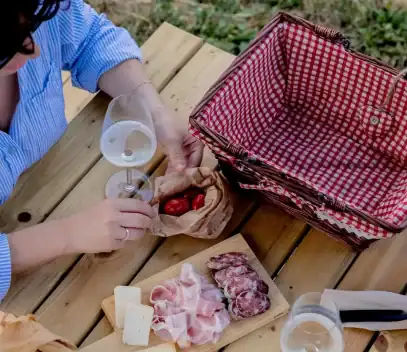Pollen, royal jelly and propolis: gifts of bees
Honey production is a true miracle of nature, one of the rare cases in which human intervention is reduced to a minimum. Any creation within the hive is to all intents and purposes the exclusive merit of bees: fundamental for the pollination of plants, the preservation of biodiversity and the balance of ecosystems. The task of harvesting the product and ensuring a healthy life for these constantly working insects then falls to the beekeeper. When thinking about the rhythm of life of these small insects, the first image that comes to mind is that of honey. This specialty is not the only one present inside the hive: also pollen, royal jelly and propolis are the result of the bees' work. Together with Carmine Finocchio of the Delizie dell'Alveare company in Tornareccio, we tried to shed light on these specialties.
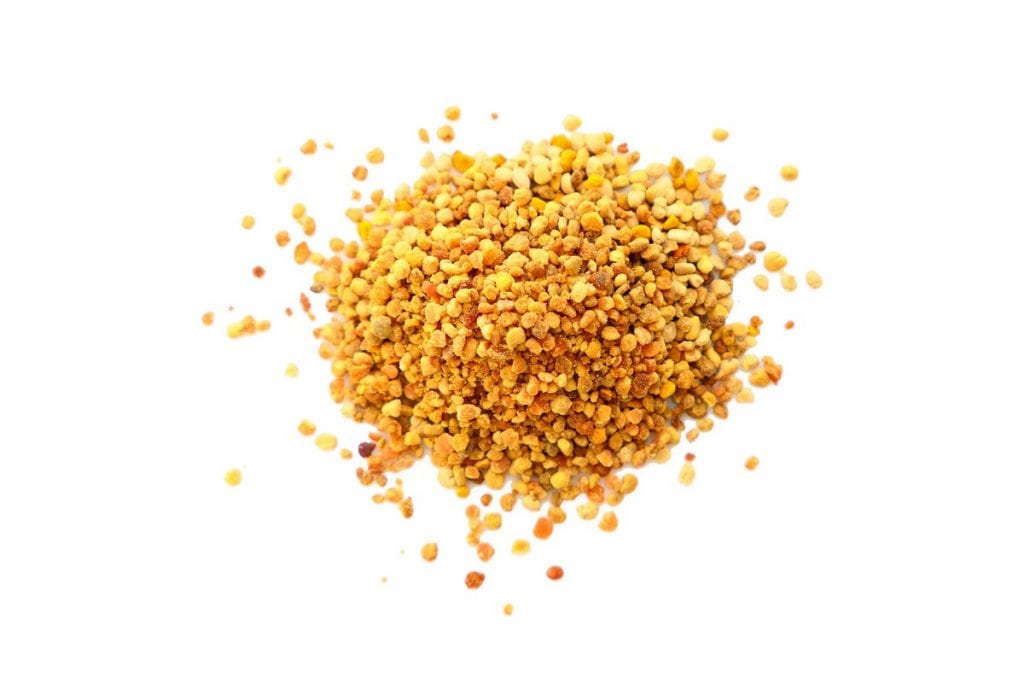
Pollen, the basic food of the hive
Pollen, necessary for the development and maintenance of the entire hive, appears as a yellowish powder present in plants that reproduce through a seed. The bees collect it, bring it into the hive and use it for food, "it is the basic source for any family. " Not only that: flying from flower to flower, bees "carry this dust on their little legs, pollinating even sterile flowers, an operation that has a fundamental effect on the environment". How do you collect pollen? Traps are placed at the entrance to the hive, "perforated sheets that dislodge pollen from the bees' legs as they pass. " As soon as the pollen is recovered, the beekeeper has to freeze it in order to preserve it in the best way, "and it can then be sold fresh or dehumidified and dried”.
Properties and uses of pollen
During packaging, the product will be labelled as a food supplement, “it is an ally for our health: just take a little in the morning to get a full load of energy. ” It is, in fact, a valuable source of proteins, vitamins and minerals, strengthens the body, contains good percentages of iron and is a powerful natural antioxidant. It is advisable to eat it early in the morning, along with a little yogurt, dissolved in tea or herbal teas, or even in its entirety, by spoonfuls, “masking well because it is very hard. ”
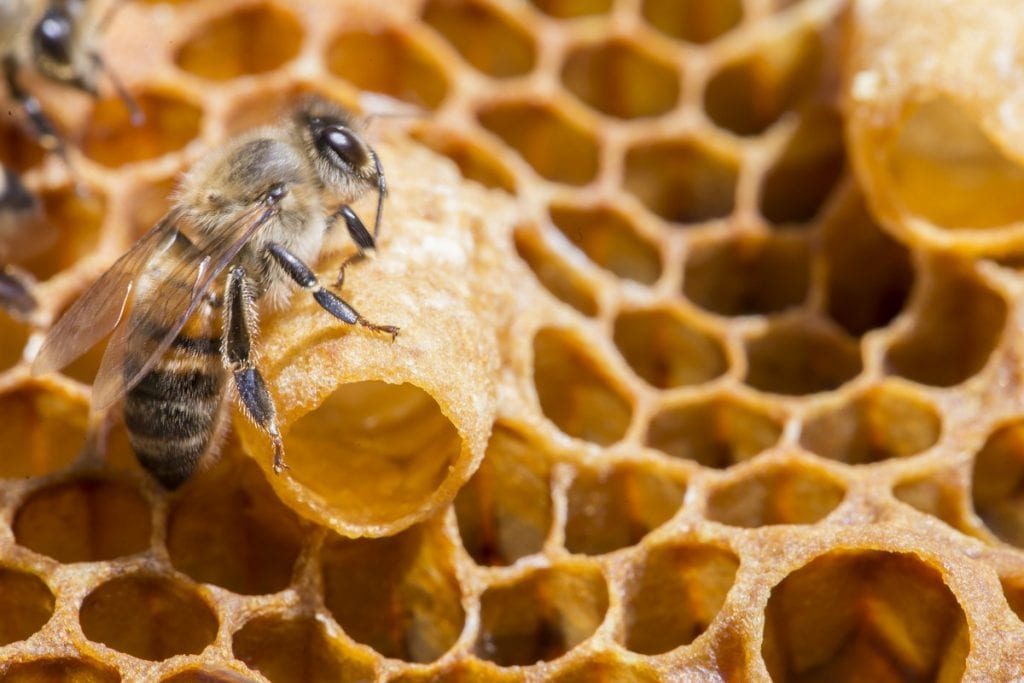
Royal jelly, the food of the queen bee
The queen bee, the largest and longest living, adult and fertile female of the colony (normally the mother of all the others) is fed with royal jelly. A product secreted by nurse worker bees (aged between 5 and 14 days) through special glands on their heads. Royal jelly is a light yellow substance that is also used to feed small larvae in the first days of life, as it is highly proteinous. To obtain it, "one or more eggs must be taken from the hive and placed in larger cells in a hive called an orphan hive, because it has no queen. " After about 36 hours spent in the orphan hive, the larvae, by now grown up, are taken off", and the royal jelly is sucked, to be sold fresh or in a lyophilized version".
Properties and uses of royal jelly
It is often recommended when growing, but actually royal jelly is good for everyone, young and old, not to mention the elderly, who can take it to fight the feeling of tiredness typical of old age. It is impossible to mention all its properties: it stimulates appetite, fights intestinal disorders, has a beneficial effect on cholesterol and anemia. It is also good for the skin, for the health of the hair, it is an extraordinary restorative and anti-inflammatory: “To benefit the most, it is best to eat it in the morning on an empty stomach. You have to remember to always store it in the refrigerator. ”
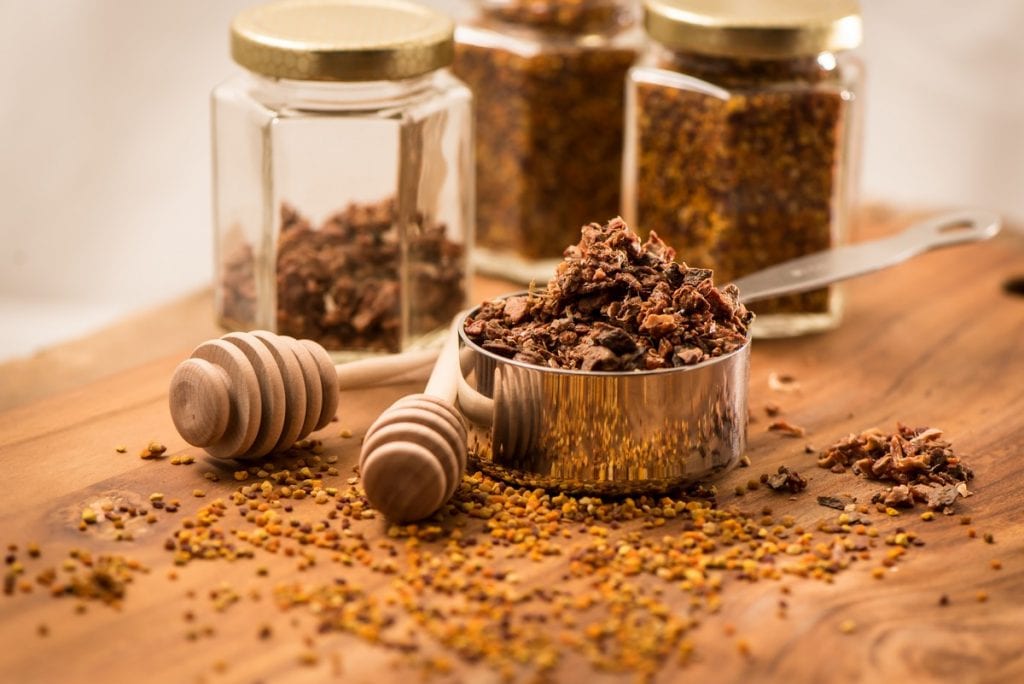
Propolis, the protection of the hive
Propolis, a product always present in colonies, is a resinous substance found on the buds and bark of plants. It is collected by bees and processed with the addition of wax, pollen and enzymes produced by their own organism. It is mainly used to seal cracks and holes, and to cover any dead foreign bodies inside the hive: "It may happen that a lizard or some other animal enters, which then does not survive. The bees cover the dead animal with pollen and seal it with propolis. " It is also used in winter to keep out the cold air on the coldest days: in short, a protection that bees use on several occasions and that was also used by the ancient Egyptians to mummify the pharaohs.
Properties and uses of propolis
"It is defined as a natural antibiotic, and in fact its properties are many, as are its uses in the pharmaceutical field. " It is effective against sore throats, colds, flu, asthma and abscesses, can be used in case of inflammation of the skin, mucous membranes or in the presence of pus, and is therefore often present in the composition of creams. The substances present in propolis are also active against ulcers and digestive disorders, and help to protect the liver and fight the formation of cavities. It can be found in ampoules, tablets, oils and ointments in pharmacies or herbal shops.
Delizie dell’Alveare – Tornareccio (CH) – via S. Stefano, 18 - apicolturadeliziedellalveare.it/
By Michela Becchi

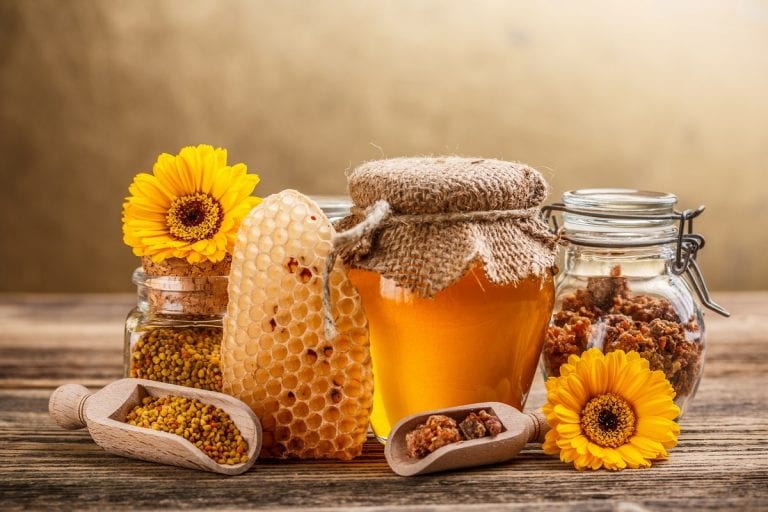
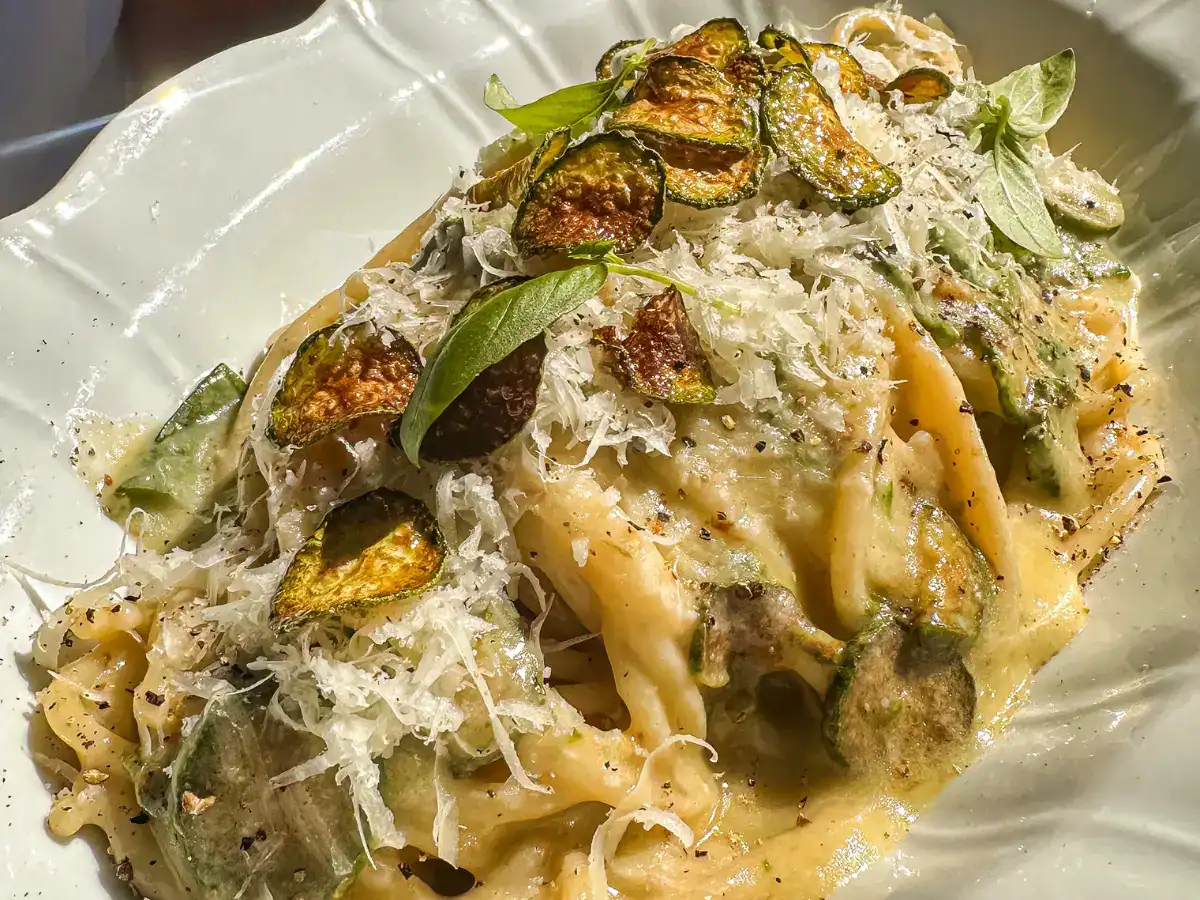 All the secrets to making perfect Pasta alla Nerano at home
All the secrets to making perfect Pasta alla Nerano at home A trattoria inspired by Pipero’s carbonara opens in London
A trattoria inspired by Pipero’s carbonara opens in London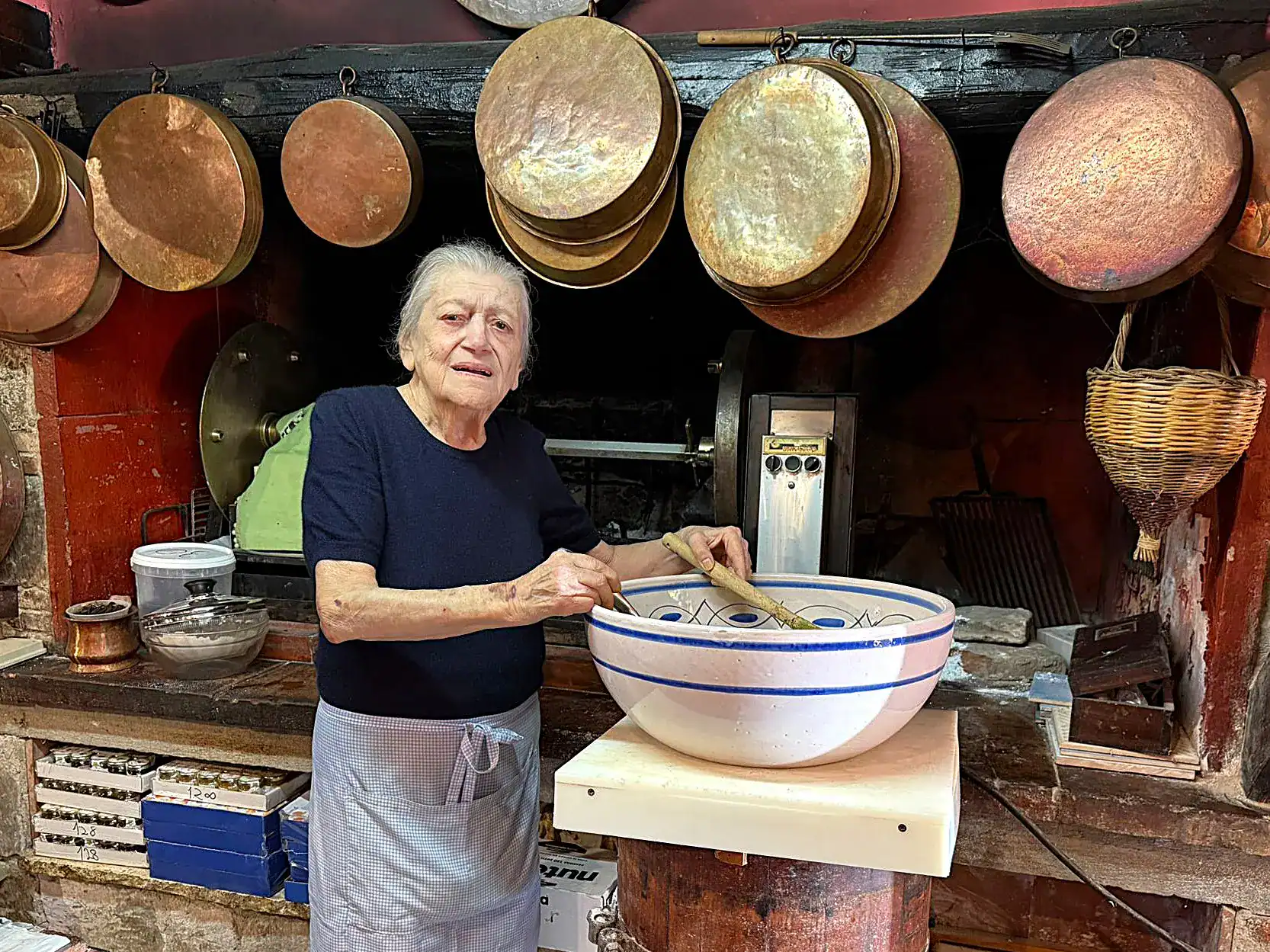 At 86, she still makes limoncello the old-fashioned way: the recipe from a restaurant on the Sorrento coast
At 86, she still makes limoncello the old-fashioned way: the recipe from a restaurant on the Sorrento coast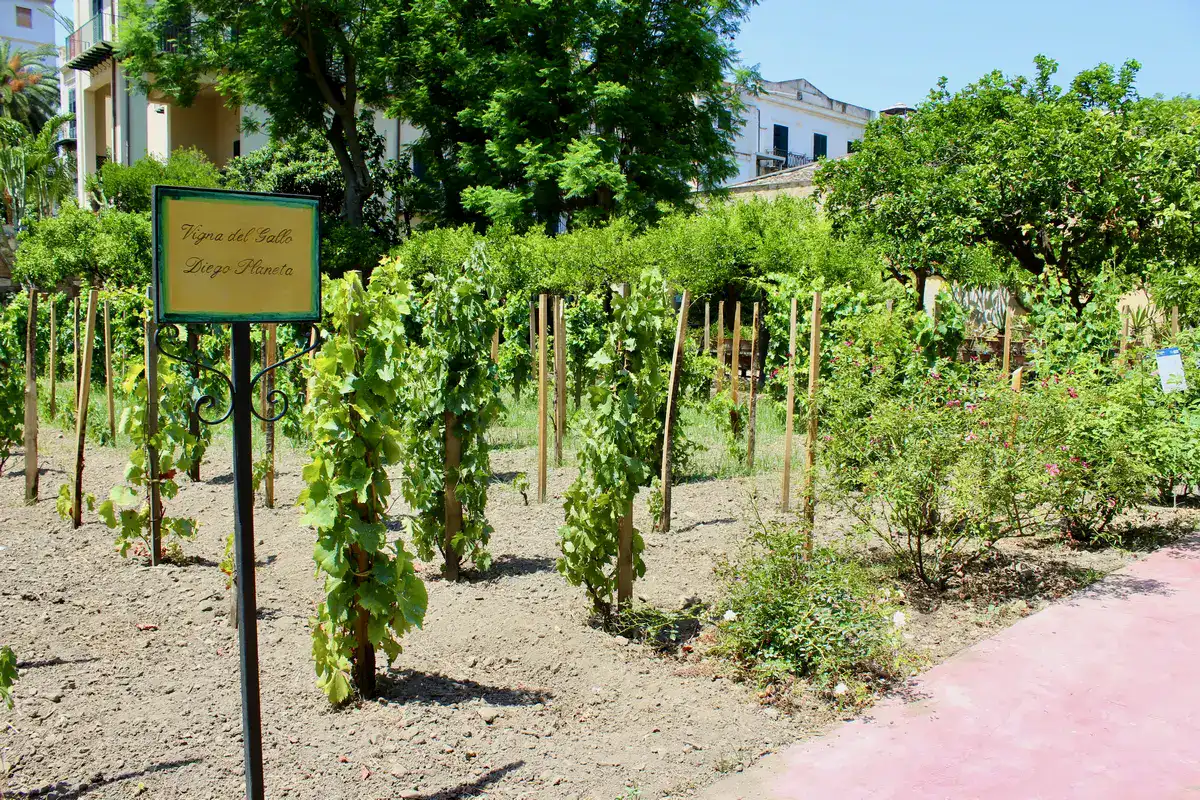 There is a vineyard-laboratory in the heart of Palermo that is becoming a regular stop for scholars and tourists
There is a vineyard-laboratory in the heart of Palermo that is becoming a regular stop for scholars and tourists “A 30% tariff is unsustainable – but it’s consumers who will pay the most.” Francesco Giovannini of Mezzacorona issues warning
“A 30% tariff is unsustainable – but it’s consumers who will pay the most.” Francesco Giovannini of Mezzacorona issues warning
